Text
2024 Witch's Calendar

January
11th: New Moon
25th: Full Moon (Cold Moon)
February
2nd: Imbolc
9th: New Moon
24th: Full Moon (Quickening Moon)
March
10th: New Moon
19th: Ostara / Spring Equinox
25th: Full Moon (Storm Moon) / Lunar Eclipse
April
1st: Mercury Retrograde
8th: New Moon / Solar Eclipse
22nd: Earth Day
23rd: Full Moon (Wind Moon)
25th: Mercury Direct
May
1st: Beltane/May Day
7th: New Moon
23rd: Full Moon (Flower Moon)
June
6th: New Moon
20th: Litha / Summer Solstice
21st: Full Moon (Strong Sun Moon)
July
2nd: New Moon
21st: Full Moon (Blessing Moon)
August
1st: Lammas/Lughnasadh
4th: New Moon
5th: Mercury Retrograde
19th: Full Moon (Corn Moon)
28th: Mercury Direct
September
2nd: New Moon
17th: Full Moon (Harvest Moon) / Lunar Eclipse
22nd: Mabon / Fall Equinox
October
2nd: New Moon / Solar Eclipse
17th: Full Moon (Blood Moon)
31st: Samhain
November
1st: New Moon
15th: Full Moon (Mourning Moon)
25th: Mercury Retrograde
December
1st: New Moon
15th: Full Moon (Long Nights Moon) / Mercury Direct
21st: Yule / Winter Solstice
30th: New Moon
3K notes
·
View notes
Photo

The cross that granted Brigid’s protection was, in Ireland, referred to as the cros-Bríde, or Brigid’s Cross. It was usually made from weaved rushes, straw, cord, sedge, or vine, and could take on a variety of shapes. It was a symbol of the perpetual cycle of the seasons, of the certainty that light and summer would always return, and its four arms represented the four-sided structure of the Celtic year.
2K notes
·
View notes
Text
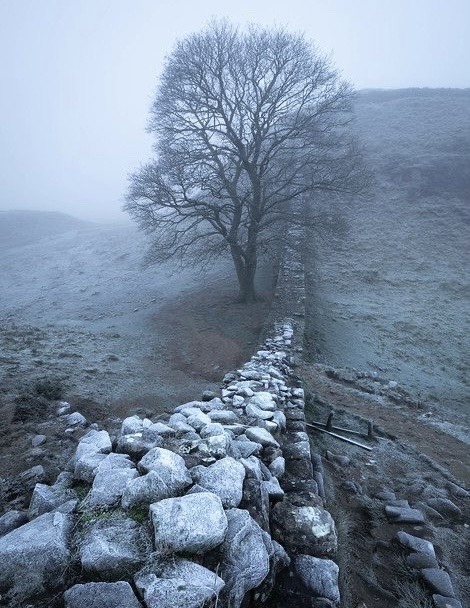
Sycamore Gap, Hadrian’s Wall, Northumberland
Gavin Crozier
1K notes
·
View notes
Photo
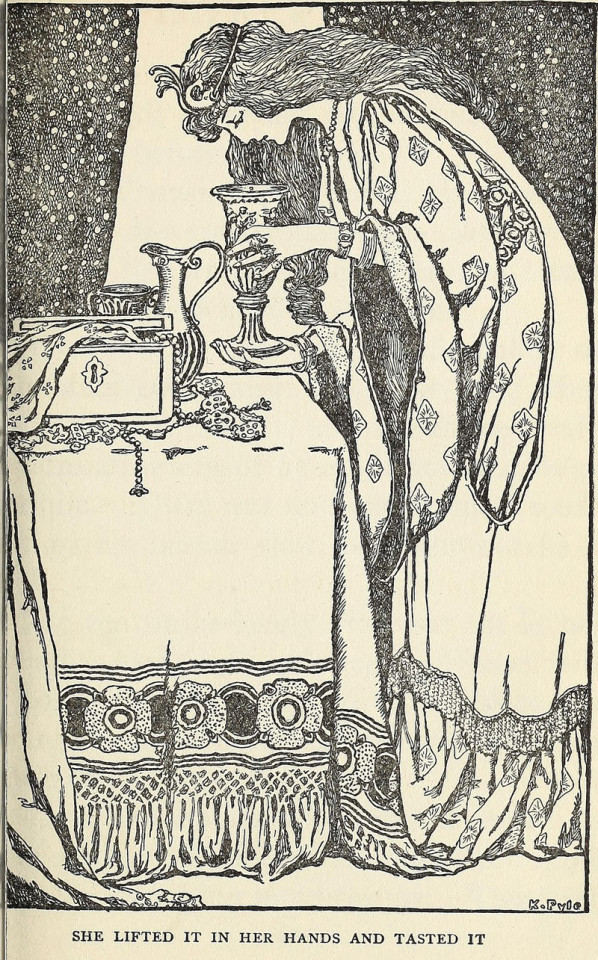
Source details and larger version.
Fans of vintage fairy tale imagery will find over a thousand illustrations in my collection.
2K notes
·
View notes
Text

dancing under the moon… howling ancient chants … and burning wild flowers with the beautiful feminine devotees of mad old gods… could be the move
This drawing ended up having some cool Dionysus vibes and I’m not complaining.
(thrashkink_art on instagram 😊)
104 notes
·
View notes
Photo

Laocoön: The Suffering of a Trojan Priest & Its Afterlife
The sculpture group of Laocoön and His Sons, on display in the Vatican since its rediscovery in 1506, depicts the suffering of the Trojan prince and priest Laocoön (brother of Anchises) and his young sons Antiphantes and Thymbraeus and is one of the most famous and fascinating statues of antiquity. In his Natural History, Pliny the Elder states that the Laocoön, created by the eminent Rhodian sculptors Hagesander, Polydorus, and Athenodorus, “is a work of art to be preferred to any other painting or statuary” (36.37). Among art historians, the sculptural group has received near-universal acclaim ever since its rediscovery under questionable circumstances in 1506.
Is the statue famously shown since its discovery in the newly designed Belvedere Garden at the Vatican Palace actually the ancient sculpture mentioned by Pliny, or rather a clever Renaissance forgery? If the latter, who may have contrived this masterful deception? If the former, is it an original, or a marble copy of a Hellenistic bronze made for a Roman patron?
Beware of Greeks Bearing Gifts
In the most famous version of the story, as told by Virgil (70-19 BCE) in his Aeneid, Laocoön had warned his fellow citizens against the Greeks “even if they bear gifts,” and had tried to expose the true nature of the wooden horse by striking it with a spear (the wooden horse in question, of course, being the notorious “Trojan Horse”, left by the Greek forces on the coast so as to provide access into the city to the troops hidden inside the construction). When later two serpents emerged from the sea to kill the priest and his sons, the Trojans interpreted their horrific deaths as an act of divine retribution and promptly decided to move the wooden horse into the city, believing the contraption to be an offering to Minerva (Athena).
According to Arctinus of Miletus, the earliest tradition of the tragedy (surviving only through later citations), Apollo had sent the two serpents to kill Laocoön and only one of his sons; while the later author Quintus of Smyrna maintains that the serpents killed both sons but spared the father.
Servius, another late authority (c. 400 CE), tells us how Laocoön managed to incur the wrath of Apollo by sleeping with his wife before the cult statue in the god’s temple. An even later source, the Byzantine scholar Tzetzes, adds that the scene of Laocoön’s death took place in the very temple of the Thymbraean Apollo – appropriately setting the punishment at the scene of the crime.
The 5th-century BCE Greek playwright Sophocles produced a tragedy on the subject, of which only a few fragments survive in later citations. Apart from the sources mentioned above, Hellenistic poets Apollodorus and Euphorion, the historian Dionysius of Halicarnassus, the Roman novelist Petronius, the Latin fables attributed to Hyginus, and a few other fragments, all provide various details of the tragic story.
Despite this appearance in ancient literature from the post-Homeric to Byzantine traditions, artistic representations of Laocoön’s suffering are few and far between. Depictions appear in some Greek vase paintings (5th to 4th centuries BCE) and in two frescoes at Pompeii (c. 25-75 CE). The marble statue group of Laocoön and His Sons, therefore remains the most exceptional portrayal of only a handful of ancient works illustrating the suffering of Laocoön.
Continue reading…
59 notes
·
View notes
Text
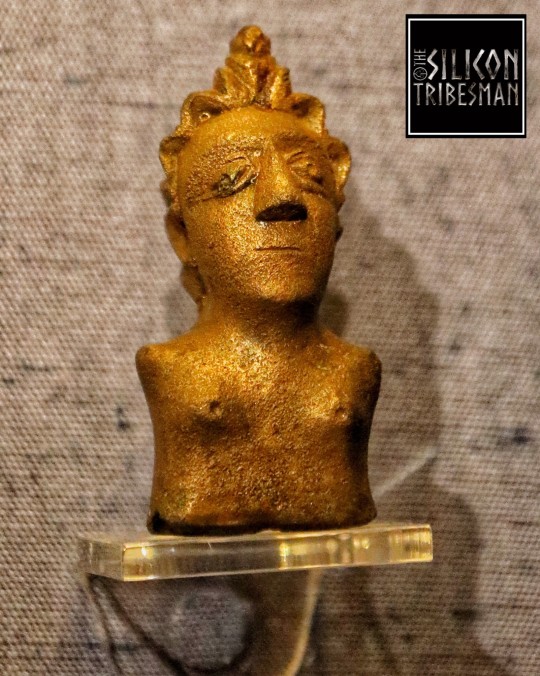

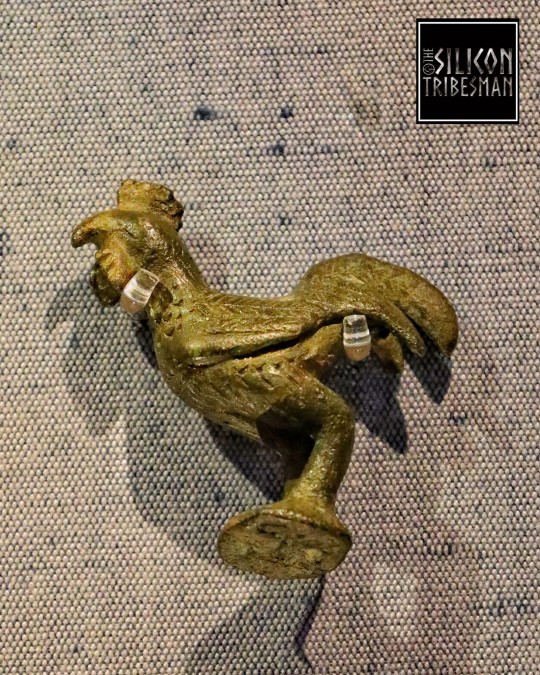
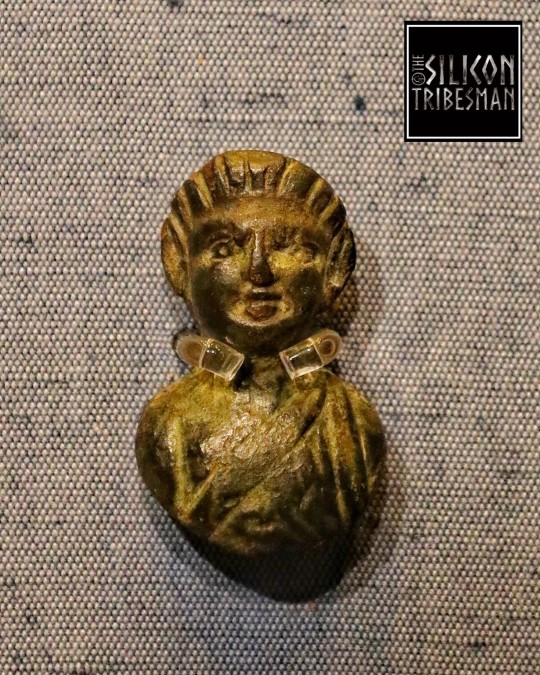

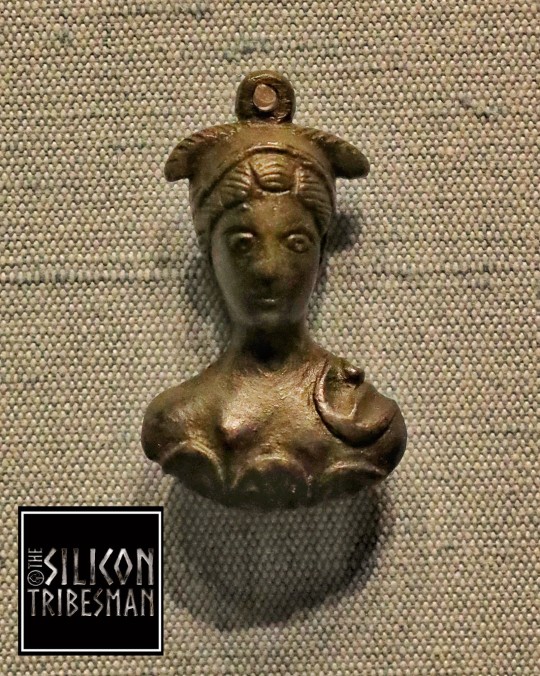
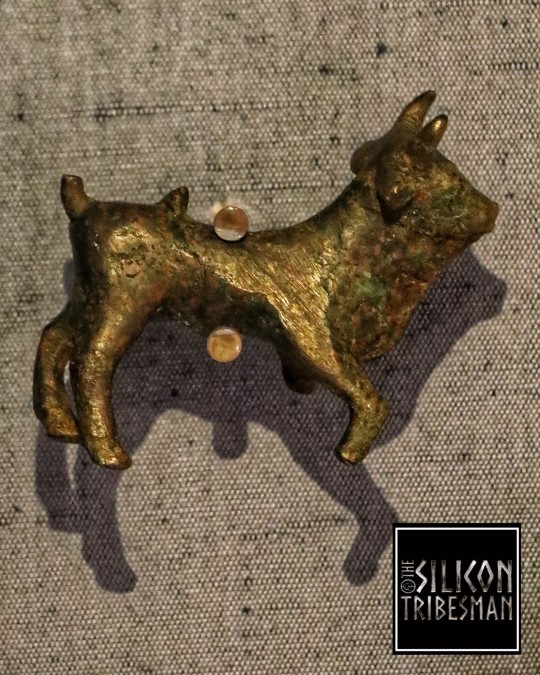

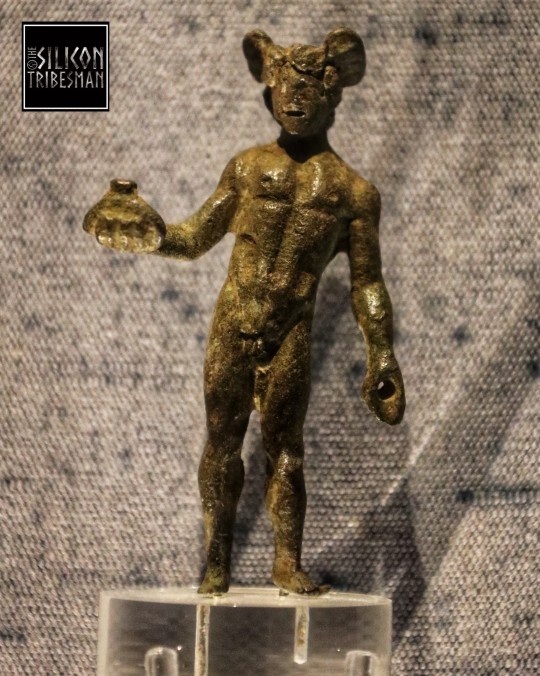

Roman Pendants and Figurines, Corinium Museum, Cirencester
93 notes
·
View notes
Text
361 notes
·
View notes
Text
I want to talk about the Rosetta Stone for a second:

This chunk of rock is the reason that anyone today can read Egyptian hieroglyphics. It's an incredible artifact (which is unfortunately in the British Museum, but I'm getting to that) because it allowed us, for the first time, to go back in time and actually hear from the people we had studied so much about. It allows us to look at pictures inscribed thousands of years ago and know what the carver meant by them. There's a reason it became an iconic piece of rock.
But my main point here is how much we love this rock. In one of the most impressive archaeological collections in the world, assembled through centuries of violence and thievery and racism, the crowning jewel of the museum is this rock. It's the banner image on their collection page of their website.
Isn't that interesting? This rock is special because of the way it connected cultures and allowed us to gain new understanding for people from another time and place. It's incredibly human, in the best possible way, that one of the world's most prized possessions is a tool that reached through millennia and brought us someone else's thoughts and words. It's wonderful that we are a species who places so much value in that.
But it's in the British Museum. An institution which offers a thorough summary of one country's attempt at world domination, at exercising their culture's own superiority over every other. At their disinterest in treating others like people.
It's not entirely known how the stone even came into British hands. The French discovered it. How it ended up in England's pocket was something that happened in hushed voices, between two world powers that hated each other but were united in their shared disrespect for Egypt's rights as a country.
But the museum today doesn't seem to see the hypocrisy in any of this. They marvel, and expect us to marvel, at this artifact for its ability to connect us with ancient Egyptians. Meanwhile, the perfectly functional and safe museums in Egypt today don't get to display this stone. The tool that opened up study of their own history was stolen from them. The exhibit might as well be a neon sign, declaring that Britain cares more for ancient Egyptians than modern ones.
So there it remains, at the British Museum. A testament to both human connection and human violence. I think if I wanted aliens to understand human history, the Rosetta Stone might be a good place to start.
203 notes
·
View notes
Text
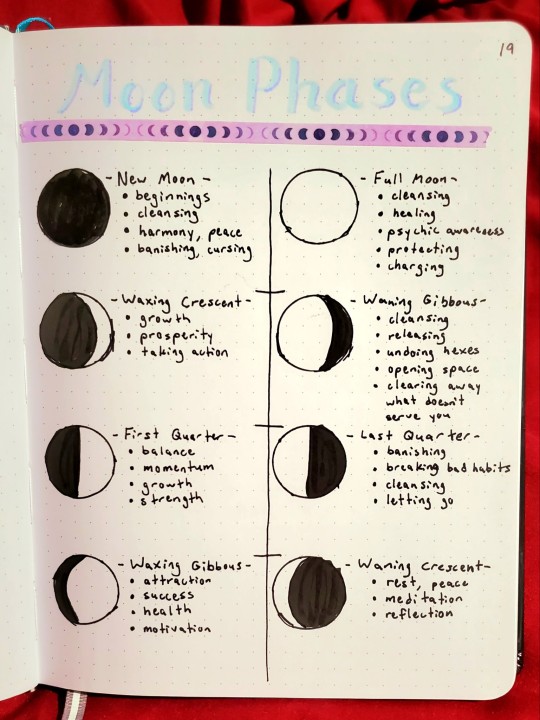
I've been trying to get better at actually writing things down in my grimoire, I thought it was kinda cute and maybe it could be useful to someone :)
66 notes
·
View notes
Text

'Horus in Dendera.' A relief in the Hathor Temple at Dendera shows Horus of Edfu, sitting on a throne and wearing the combined crowns of Upper and Lower Egypt. The relief is located on the (interior) eastern wall of the outer hypostyle hall of the temple and dates from the first century AD.
Photo: Paul Smith
83 notes
·
View notes
Text

The metal-spiked, wooden interrogation chair was all the more sadistic for having a seat of iron that could be heated by a fire beneath it. The agony of searing metal piercing naked flesh proved unbearable; reportedly, a few accused witches lasted more than fifteen minutes in the chair before making a full confession.
From ''Mysteries of the Unknown: Witches and Witchcraft", 1995.
40 notes
·
View notes
Text

//MAENAD// 2021
for my girlfriend, who is beautiful and loved and deserves to see herself as the work of art she is
Inspired by Ancient Greek art, The Bacchae by Euripides, and being a trans theater artist in the middle of a plague.
Available >HERE< as a sticker!
1K notes
·
View notes
Text

Female Figure
Central Mexico, Tlatilco region, 1400–950 BCE
36 notes
·
View notes
Text

Cylinder seal with winged hero with bull and lion, Neo-Babylonian, 7th century BC
from The Morgan Library & Museum
203 notes
·
View notes

